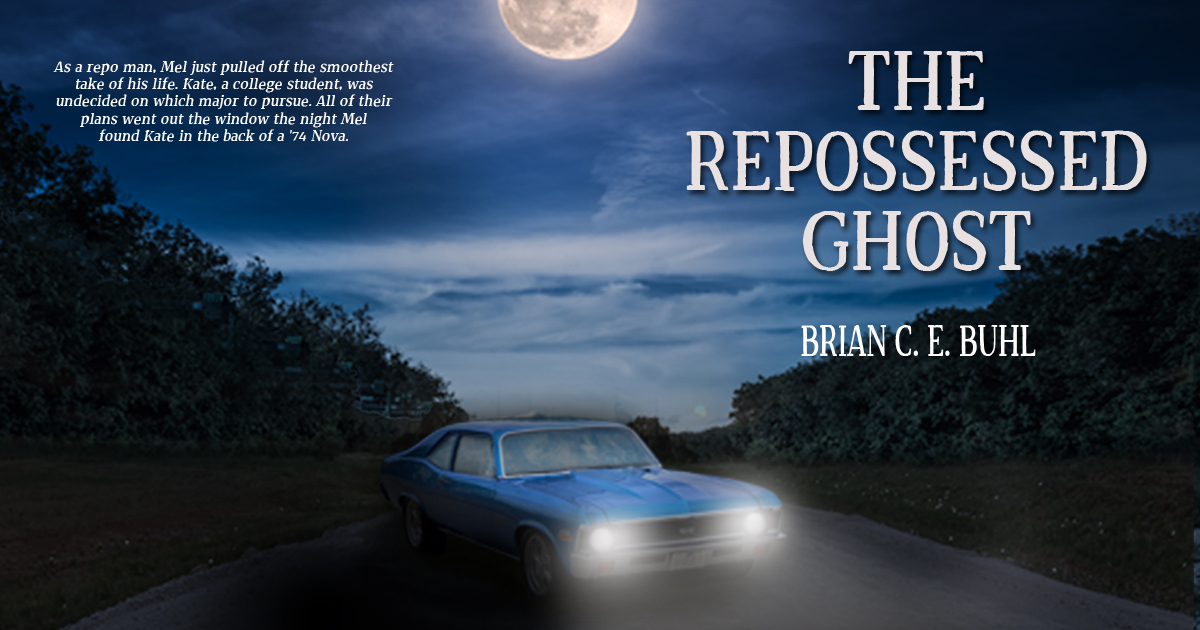We’re halfway through Blogtober and some of these entries are getting a little dry. Tonight and tomorrow should be a bit better because I’m going to get personal. I’m going to talk about some major weaknesses in my writing that I’ve struggled to overcome.
Have I already Talked About This?
Coming into tonight’s topic, I had this nagging feeling I’m repeating myself. Sure enough, there’s quite a few posts where I mention passive voice.
Last year, I talked about The Repossessed Ghost and how the early draft dripped with cowardly passive voice.
In another post last year regarding self-care, I dropped a mention about passive voice. As a writing sin, I needed to learn to forgive myself.
On Melissa’s birthday in 2016, I wrote extensively about passive voice and again, how it made The Repossessed Ghost weaker. Tonight we’re going to revisit some of the points raised in this early post.
In this post in 2015 and in this post in 2014, I mention passive voice… again in reference to The Repossessed Ghost, my writing style, and how every writer needs an editor.
Suffice it to say, passive voice has been on my mind for the last 5 years. I still notice it in my work and correct for it as quickly as I can. I still hear it in other people’s work, which saps away some of my enjoyment.
Why Do I Write in Passive Voice?
The reason most writers fall into passive voice is a lack of confidence. For some reason, it feels safe.
For me, it’s a little bit lazy, too. When you’re only using linking verbs to glue your sentence together, you don’t have to think quite as hard.
If you use passive voice, I don’t think you are a lazy person, and I don’t think you necessarily lack confidence. Like so many other aspects of writing which gets labeled a mistake or problem, passive voice is just another tool in the toolbox. Passive voice gets overused or used incorrectly, like picking up a hammer to drive in a screw.
What the Hell even IS Passive Voice?!?
Passive voice is when a sentence is constructed to put the emphasis on the action or the object, rather than the subject. Here are some examples:
The screen was where Chris stared.
The driveway was where Melissa parked the car.
The corpse was on the couch.
Two of these examples are laughably bad. Chris stared at the screen, and Melissa parked the car in the driveway. Chris and Melissa deserve more emphasis than the screen or the driveway.
The third example isn’t as bad, because the emphasis is where it belongs: on the corpse. Who cares about the furniture when there’s a rotting body in the house? “The couch contained the corpse” is not better, unless you’re writing macabre comedy. If I needed to change the original sentence, I’d leave the emphasis on the corpse and choose a better verb.
Parting Thoughts
Tonight’s writing tip, like all of the rest this month, is about helping the writer improve their craft by being intentional with their words. One of the hardest parts of writing is accurately conveying your vision in words. When we first start writing, we approach the craft with clumsy sketches that fail to capture the imagination. As we grow, we learn to paint our stories with a more deft hand. Our perspective on the craft improves, and with it, the degree of nuance we can incorporate on the page.
Overcoming unintentional passive voice is an important first step for many writers. I spent years writing with passive voice, unaware how much greater my stories could be if I proceeded with more confidence, choosing stronger verbs, and placing the emphasis in each sentence where it belongs.
Your challenge tonight, should you decide to play along, is find something you’ve already written and read it closely. Look for places where you use the word “was” or “is” and identify the subject, action, and object. Is the emphasis where it belongs? Is the sentence as strong as it can be? Try rewriting the sentence and see how it feels.
